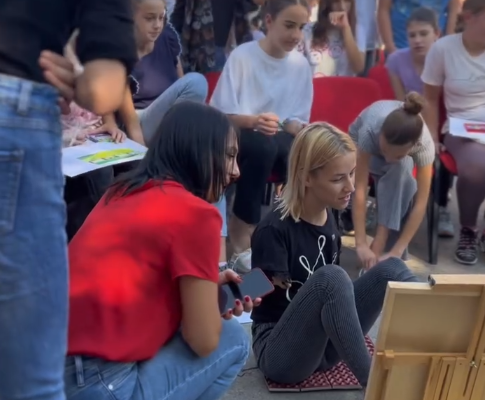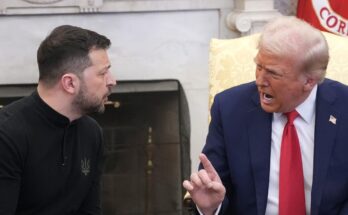The world is filled with people who face unique challenges, but within every difficulty lies an incredible strength. Too often, society focuses on what individuals with disabilities cannot do instead of recognizing their vast abilities. Yet history, science, and everyday life show us that disability is not an absence of ability—it is simply a different way of experiencing and engaging with the world.
In every disability, there is ability. There is talent, perseverance, and brilliance. Whether in the arts, sciences, sports, or everyday life, individuals with disabilities have broken barriers, challenged stereotypes, and proved that human potential knows no limits.
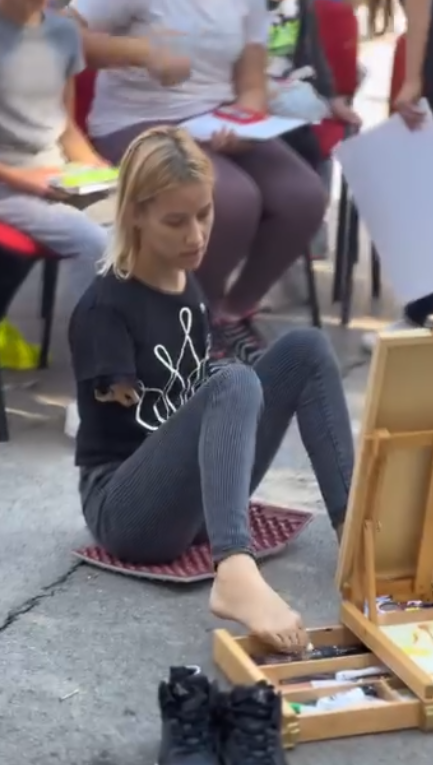
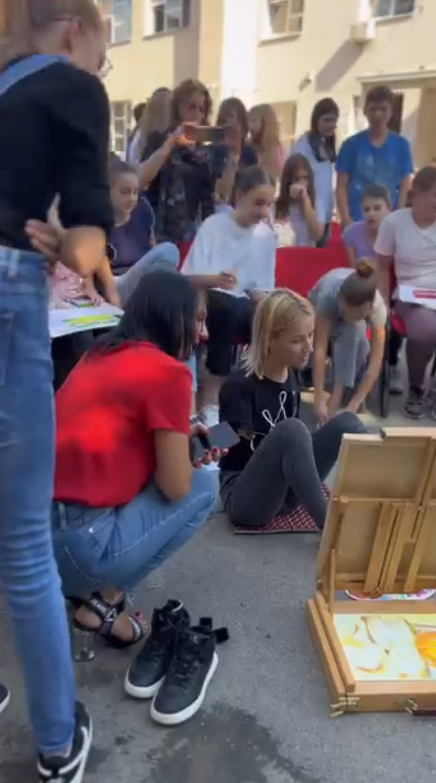
Rethinking Disability
For centuries, disabilities have been viewed through a limited lens—often seen as weaknesses, burdens, or barriers. But these perspectives fail to acknowledge the skills, intelligence, and determination that many people with disabilities demonstrate every day. Society is gradually evolving, and people are beginning to recognize that disability is not inability.
When we shift our focus from limitations to possibilities, we open doors for innovation, inclusion, and progress. People with disabilities have contributed to every field imaginable—music, sports, technology, business, literature, and beyond. Their stories inspire us to see the world differently and remind us that the human spirit is boundless.
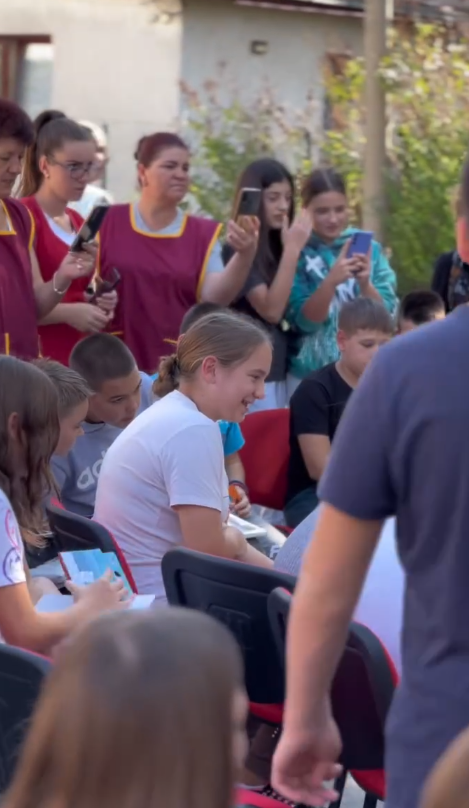

Famous Figures Who Overcame Disability
Throughout history, many individuals with disabilities have demonstrated exceptional ability. They have proven that physical, intellectual, or sensory challenges do not define a person’s worth or capabilities.
- Helen Keller (Deaf and Blind)
Helen Keller lost her sight and hearing as a toddler, yet she became one of the most influential writers, lecturers, and activists of her time. With the help of her teacher, Anne Sullivan, she learned to communicate and later graduated from college. She spent her life advocating for people with disabilities and proving that determination can break any barrier. - Stephen Hawking (ALS)
Diagnosed with ALS at a young age, Stephen Hawking was told he had only a few years to live. However, he defied expectations and became one of the world’s most renowned physicists. Though unable to speak or move on his own, his contributions to science changed how we understand the universe.
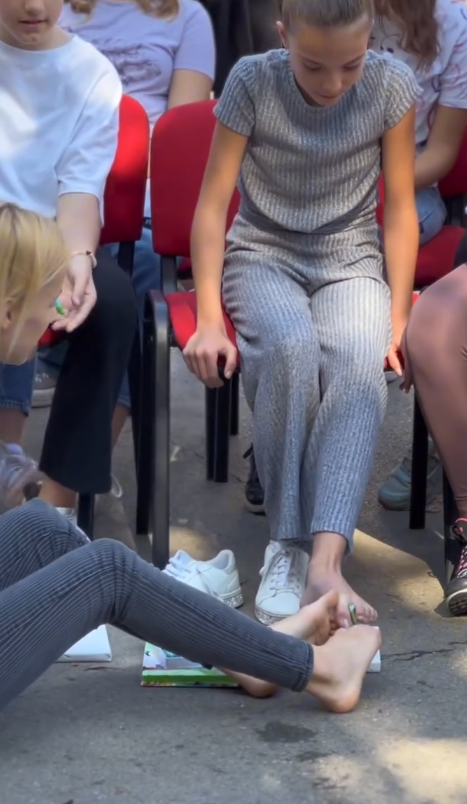
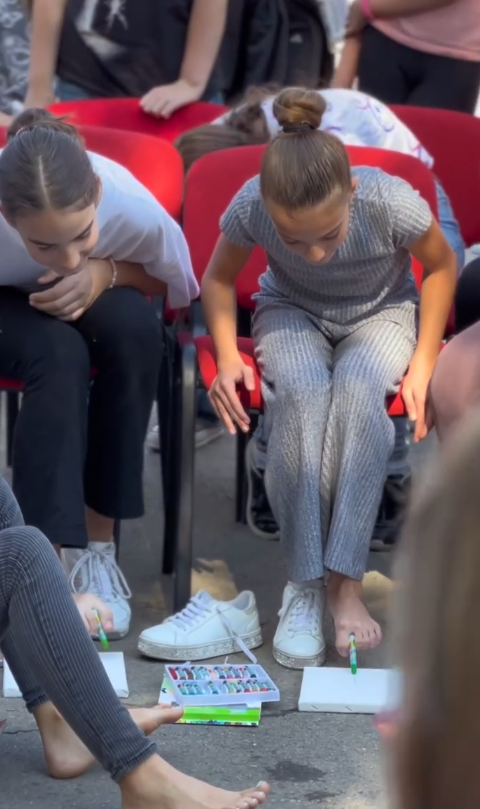
- Nick Vujicic (Born Without Limbs)
Nick Vujicic was born without arms and legs, but that never stopped him from living a full life. He is now an inspirational speaker, author, and advocate for resilience. His message of hope has touched millions of lives, proving that happiness and success are possible despite physical challenges. - Frida Kahlo (Chronic Pain and Disability)
Despite suffering from polio as a child and a devastating accident in her teenage years, Frida Kahlo became one of the most famous artists in history. Her paintings reflect strength, emotion, and resilience, turning her struggles into masterpieces. - Temple Grandin (Autism Spectrum Disorder)
Dr. Temple Grandin, a scientist and advocate for people with autism, transformed the field of animal science. Despite struggling with social interactions, she used her unique way of thinking to revolutionize humane livestock handling methods.
These individuals did not let their disabilities define them. Instead, they focused on their abilities, worked hard, and changed the world.
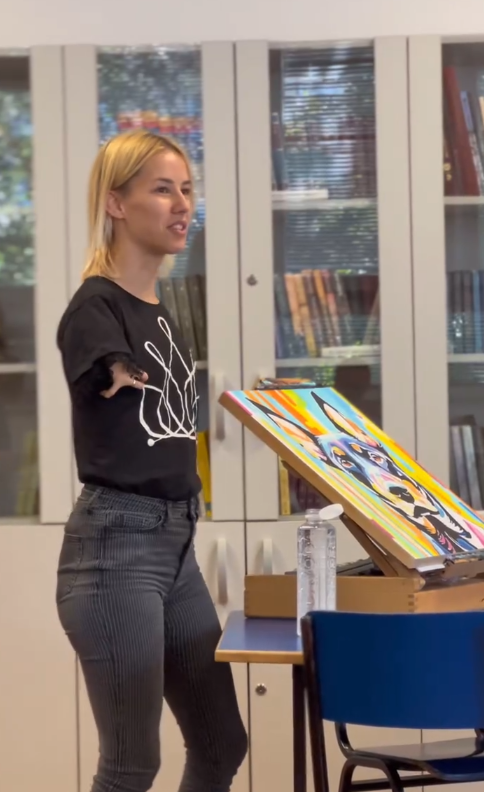
Everyday Heroes: Abilities in Action
Beyond famous figures, millions of people with disabilities prove their abilities daily.
- Children with dyslexia become brilliant storytellers. Despite difficulties in reading, their creative minds find ways to express incredible ideas.
- People with hearing impairments excel in the arts. Many deaf individuals, like Beethoven, have composed beautiful music or become exceptional dancers, feeling rhythm in ways others cannot.
- Athletes with physical disabilities break records. The Paralympic Games showcase world-class athletes who redefine what the human body can achieve.
- People with mobility challenges build strong careers. With modern technology and accessibility advancements, individuals in wheelchairs lead successful businesses, teach, and innovate.
Every disability brings a new way of seeing the world, a different perspective that can lead to groundbreaking ideas.
Building a More Inclusive Society
Recognizing the ability within disability is not just about individual stories—it’s about creating an inclusive world. To empower people with disabilities, we must:
- Provide Equal Opportunities
Schools, workplaces, and communities should offer equal opportunities for people with disabilities to thrive. Access to education, employment, and social inclusion should not be limited by physical or mental conditions. - Improve Accessibility
Ramps, elevators, Braille, sign language interpreters, and assistive technologies can make a massive difference. Making public spaces and technology more inclusive benefits everyone, not just those with disabilities. - Change Mindsets
Disability should not be seen as a weakness but as a different strength. By promoting understanding, we can break down stigma and foster a more accepting society. - Celebrate Differences
Every person brings something valuable to the world. Rather than trying to “fix” disabilities, we should celebrate the unique contributions and perspectives that people with disabilities offer.
The Strength Within
When we look beyond limitations, we see strength, creativity, and resilience. People with disabilities show us that success is not defined by what we lack but by how we use what we have.
Instead of focusing on what someone can’t do, let’s focus on what they can do. Every person has value, talent, and potential—regardless of ability. The human spirit is powerful, and where there is a challenge, there is also the ability to overcome it.
So let’s embrace and support the abilities in every disability, because the world is better when everyone is included. ❤️
